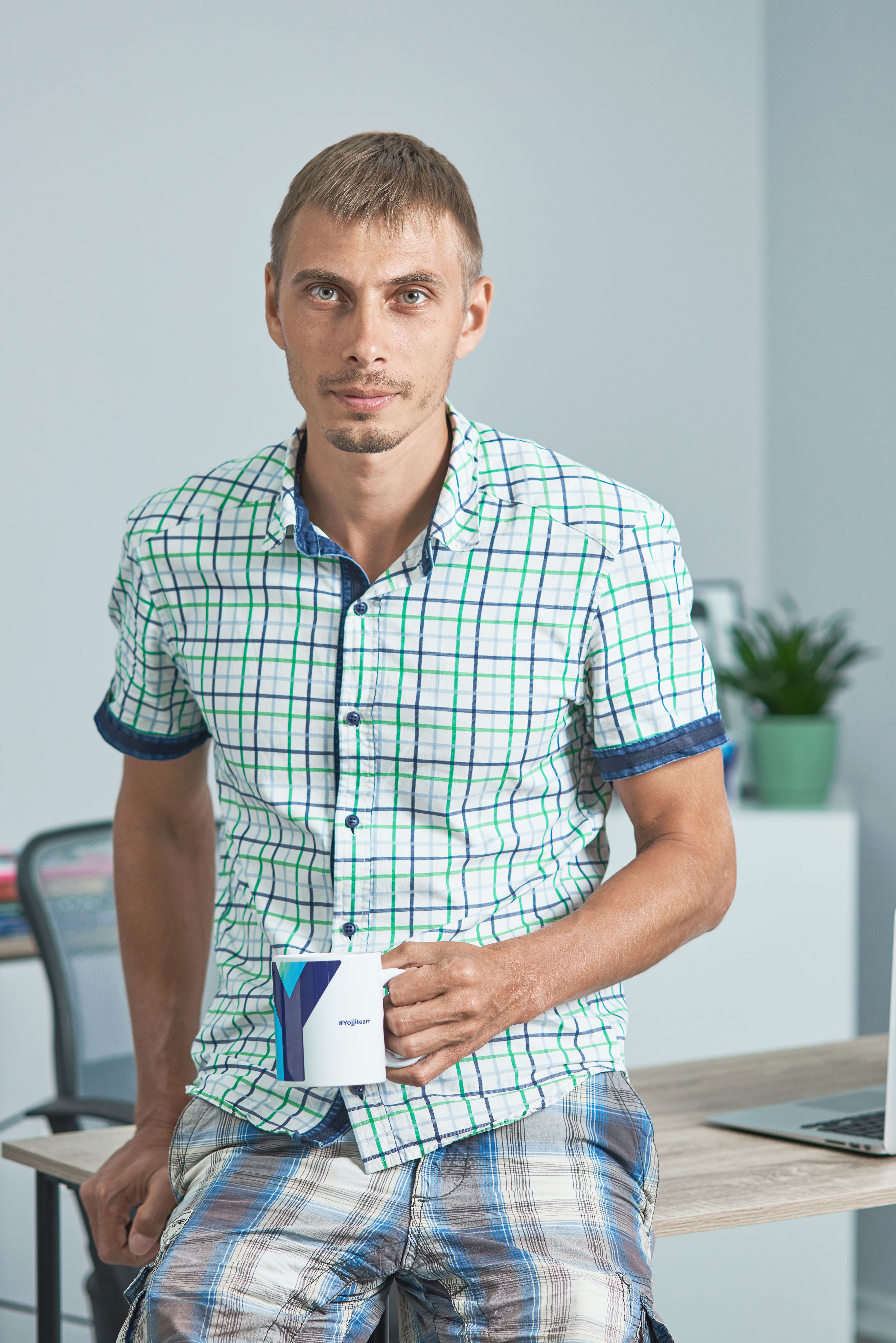The Most Popular Types of Software for the Healthcare Industry

In the United States, the digital health market is anticipated to reach US$89.9 billion in 2022. China, the second-largest economy in the world, is anticipated to achieve an estimated market value of US$99.5 billion by 2030, growing at a CAGR of 22.7% from 2022 to 2030.
All facets of healthcare services, from staff and building administration to patient treatment and diagnosis, will continue to be influenced by technology. Medical organizations can already select from a wide range of healthcare software options and have the chosen program modified to meet their requirements. In this article, we will share the most popular types of medical software solutions.
The Role of Software in Healthcare
Medical software provides many diverse advantages to users who want to hasten their digital migration goals. Here are the main advantages of integrating software in the healthcare industry.
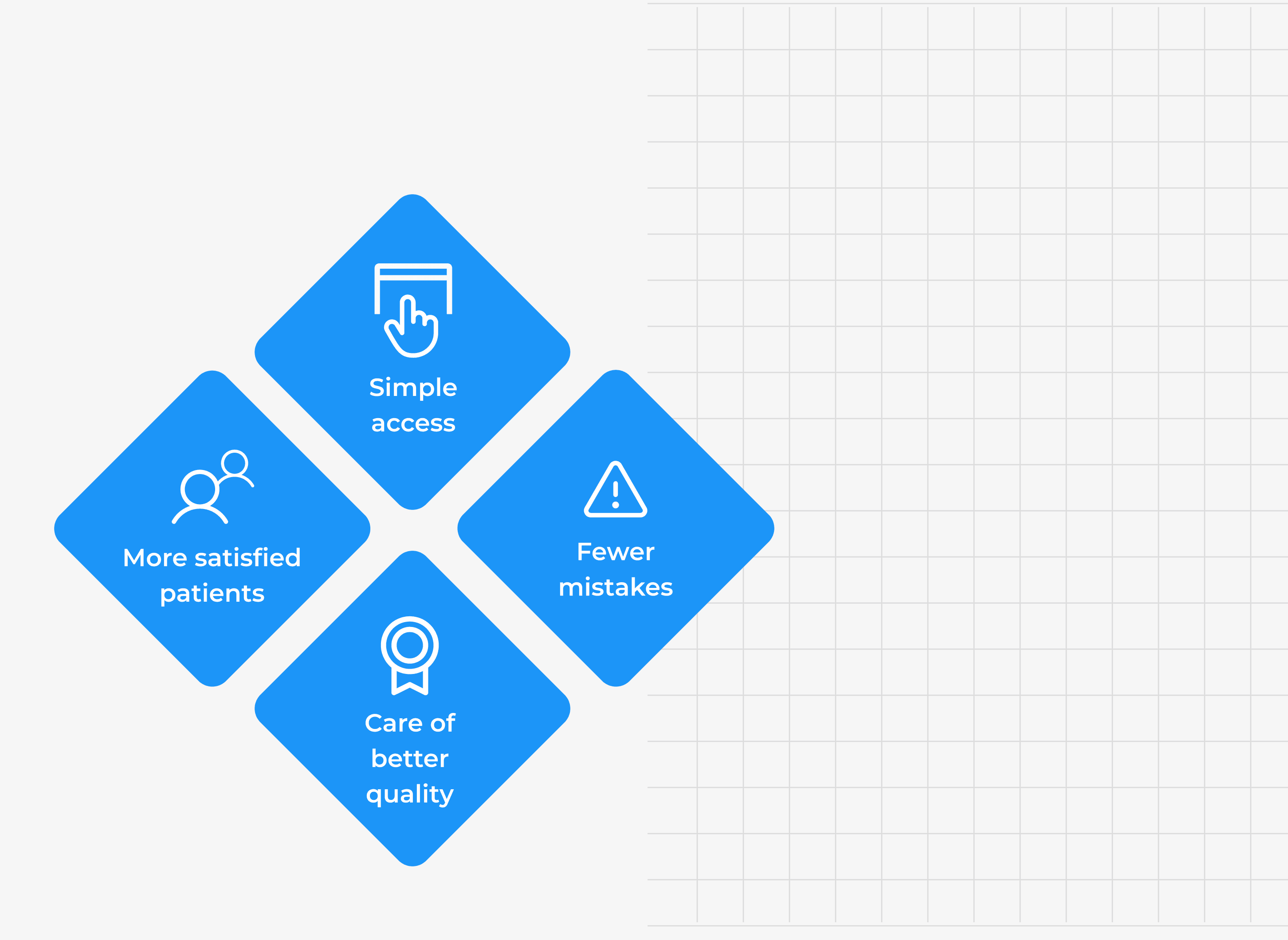
- Increased patient contentment
To guarantee patient satisfaction, speed and efficiency are essential. Thus, features like immediate access to medical records and treatment histories are essential. Besides, automatic scheduling, in-app messaging, and reminders are great components for customer satisfaction.
- Better administration of the hospital equipment
The medical equipment market is anticipated to rebound and expand at a CAGR of 6.1%, reaching $603.5 billion in 2023. Hospitals and treatment facilities use specialized software to handle operational costs and automate inventory stocking. These solutions guarantee that essential machinery is well-maintained and serviceable.
- Fewer errors
The strain on healthcare workers is tremendous. As a result, they have a higher chance of making an error at some point. In addition to automating various repetitious duties, healthcare software is renowned for its accuracy, which lowers or even eliminates the risk of errors.
- Reduced paperwork
With the help of healthcare software, many different data can be digitized and viewed instantly. Filling out paperwork online is more practical. Additionally, the likelihood of losing any documentation is considerably reduced because it is simpler to find and consult any particular file in the future.
Build Custom Healthcare Software Solutions with Yojji
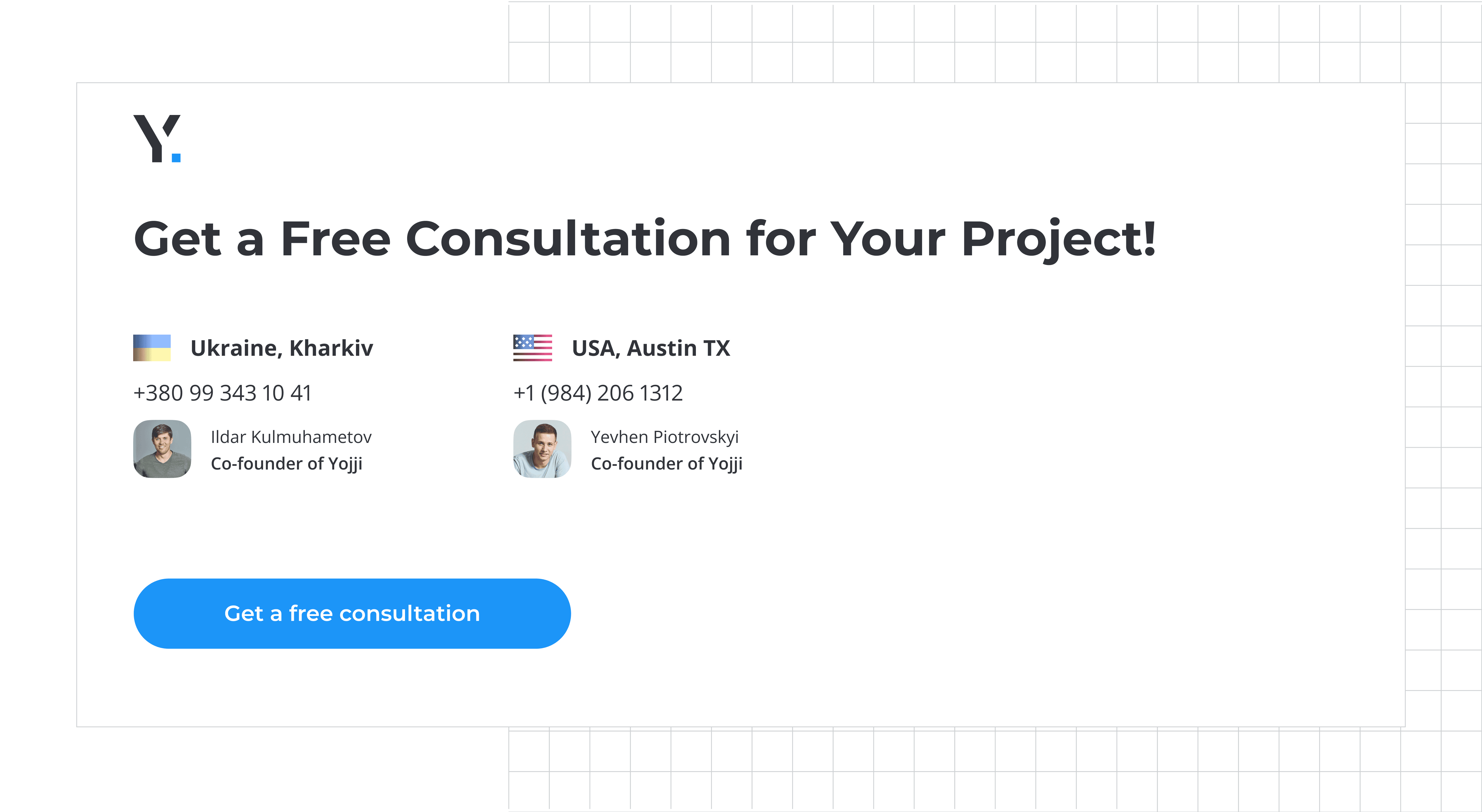
Yojji has extensive experience in creating various software for the healthcare vertical. We work with businesses of diverse scales, and our team has all the necessary skills to create a top-notch solution. If you want to create your healthcare project, you can reach out to Yojji for a free consultation.
Most Popular Types of Healthcare Software
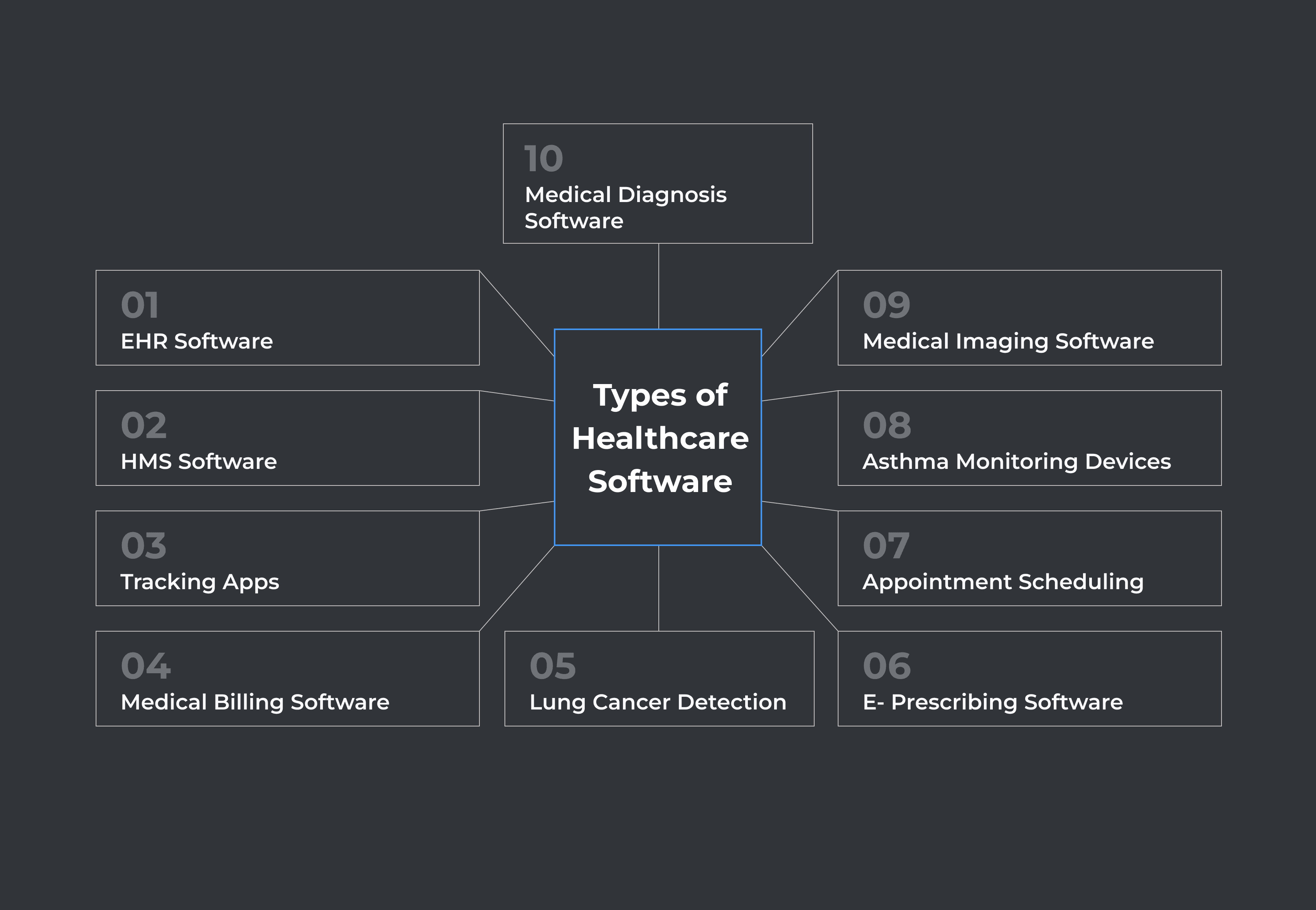
Electronic Health Records (EHR)
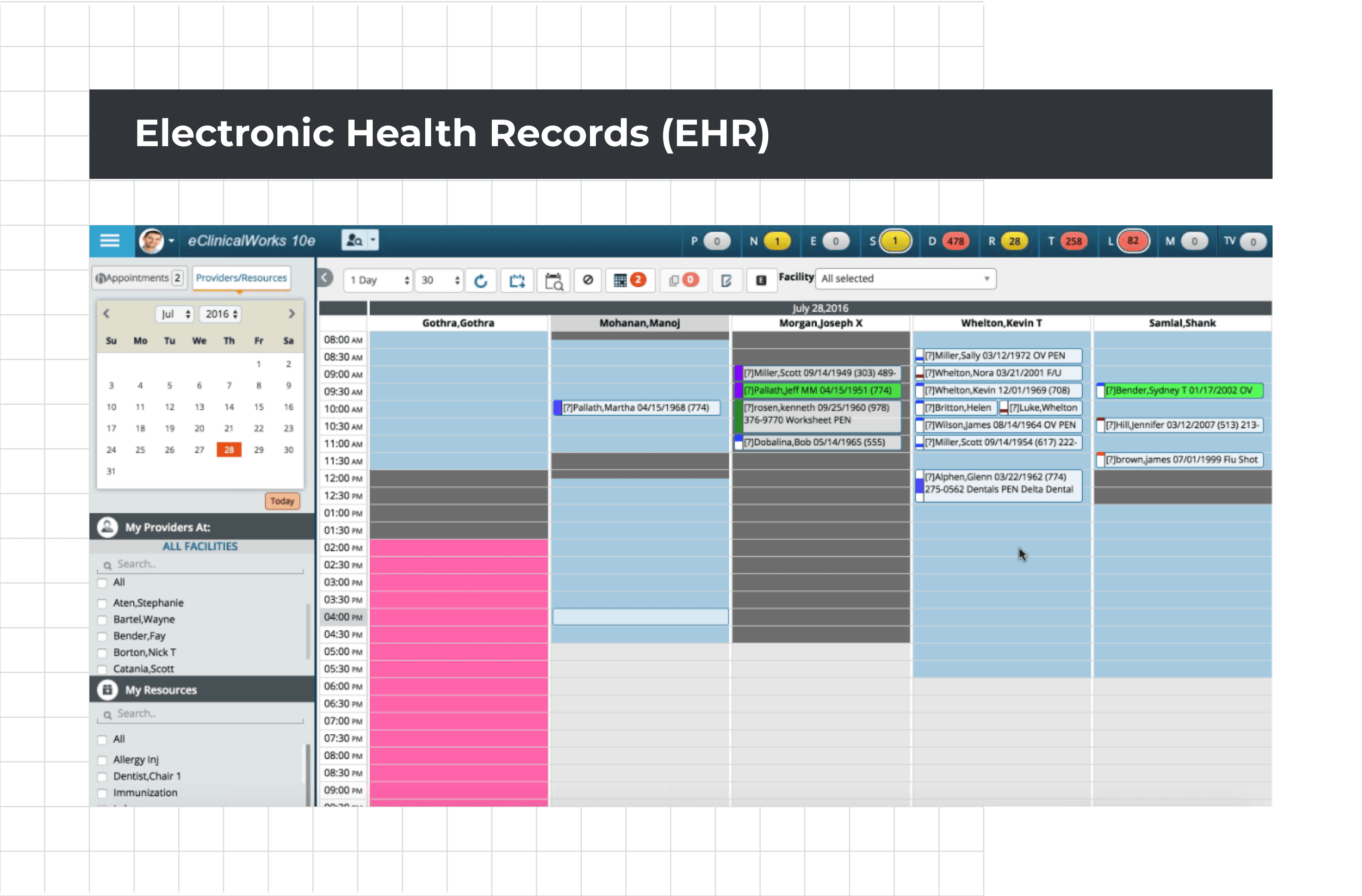
EHRs are computerized versions of patients’ medical data. The patient’s medical history, illnesses, medicines, allergies, immunization history, lab test findings, and other health-related data are all in an EHR.
Healthcare professionals can easily access a patient’s medical information thanks to EHRs, leading to more educated treatment choices. Besides, by lowering the possibility of medical blunders like drug mistakes, wrong dosages, and allergies, EHRs can contribute to improving patient safety.
Examples: eClinicalWorks, veradigm
Hospital Management System (HMS)
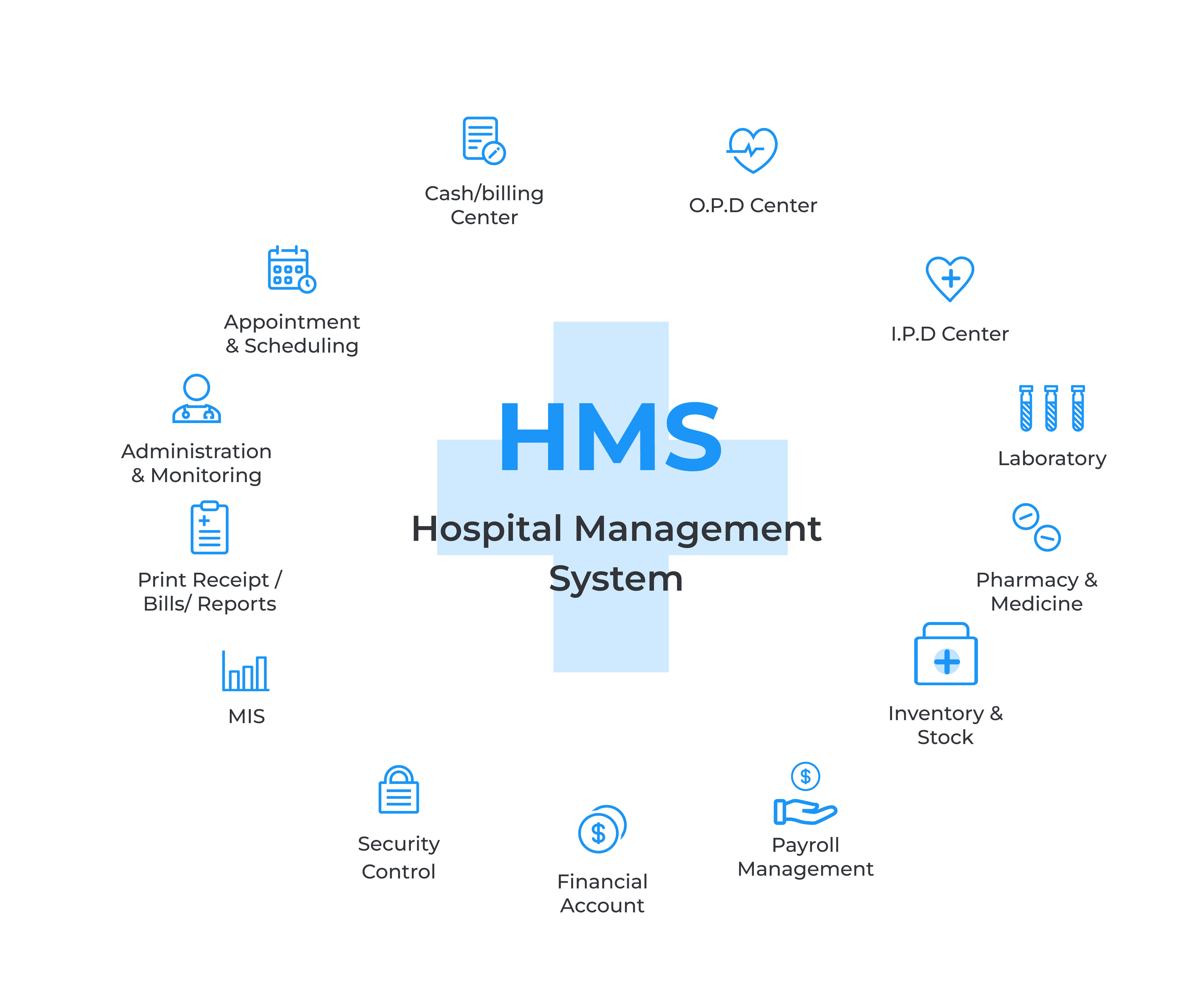
HMS is created to assist healthcare providers in managing different aspects of their everyday operations. Modules for handling patient information, appointments, hospital supplies, staff performance tracking, financial management, and report generation are frequently found in an HMS. By giving healthcare providers the resources they need to run their operations, hospital management systems can help them increase productivity, lower expenses, and ensure better patient care.
Example: Tirupati
Tracking Apps
The global mhealth apps market size increased from $45.31 billion in 2022 to $56.77 billion in 2023 at a CAGR of 25.3%. Health-tracking applications are widely used for everything from exercise to nutrition, mindfulness, and stress management. Software of this kind can help a person recuperate or warn medical personnel when a patient’s state deteriorates as soon as the first symptoms of any disease show up.
Examples: 8fit, Fitatu Calorie Counter & Diet
E-prescribing Software
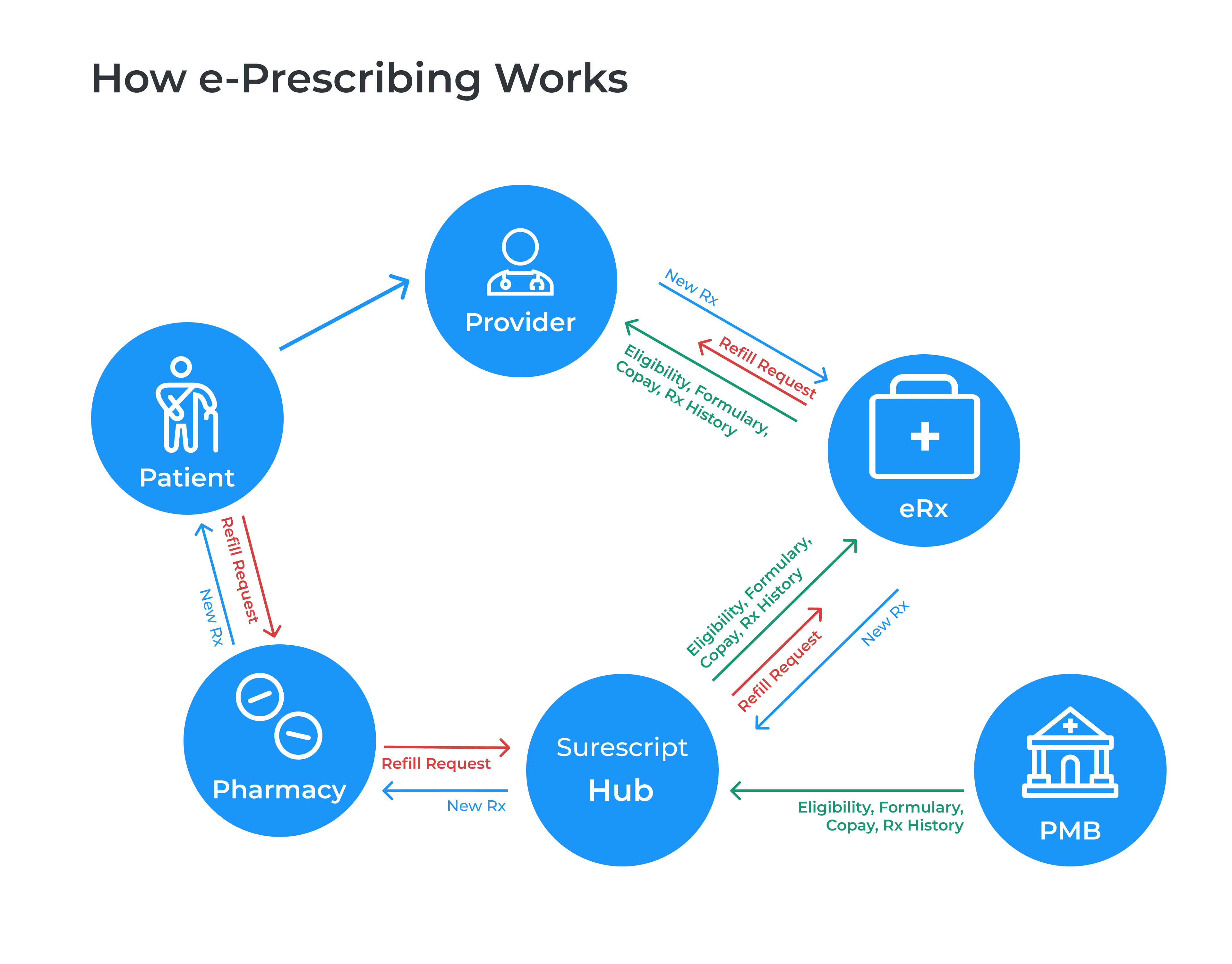
E-prescriptions are beneficial both for patients and doctors because they significantly improve the prescribing process. Thanks to this kind of medical software, a prescription can be issued, extended, or revoked in a few minutes.
Example: CGM APRIMA
Remote Patient Monitoring (RPM)
The ability of remote patient monitoring (RPM) to gather patient data outside of healthcare facilities allows for acquiring more comprehensive patient health information or even the support of distant diagnostics based on that information. If any kind of abnormality is found, remote patient tracking software can also notify a doctor or a facility. Wearable ECG monitors, glucose meters, and heart rate and blood pressure sensors are a few examples of remote patient tracking equipment. RPM can assist healthcare professionals in identifying health problems early on, enabling more prompt intervention and better patient results. Additionally, RPM can lower healthcare expenses by decreasing the frequency of in-person visits, hospital stays, and ER trips. Therefore, RPM technology can generally significantly enhance in-home healthcare services for elderly patients, patients recuperating from surgery, and patients with chronic illnesses.
Example: Dexcom
Appointment Scheduling (Booking) Software
Clinics and medical offices can handle their web appointment systems with the aid of booking software. Typically, the software has a customer panel that enables people to make reservations through a website or an app. This software features automatic meeting reminders for physicians and customers and an email notification system.
Example: SimplyBook.Me
Telemedicine Software
Medical workers can schedule appointments with patients online using telemedicine software, either through a web browser or a smartphone app. E-prescriptions, video conferencing functions, and a payment module are add-on features in some applications.
Example: Teladoc
Medical Billing Software
The medical administrative staff monitors patient invoices, transactions, and other financial activities with the help of this software. It frequently integrates with other systems, such as hospital administration systems or electronic health records (EHR).
Example: Epic Care
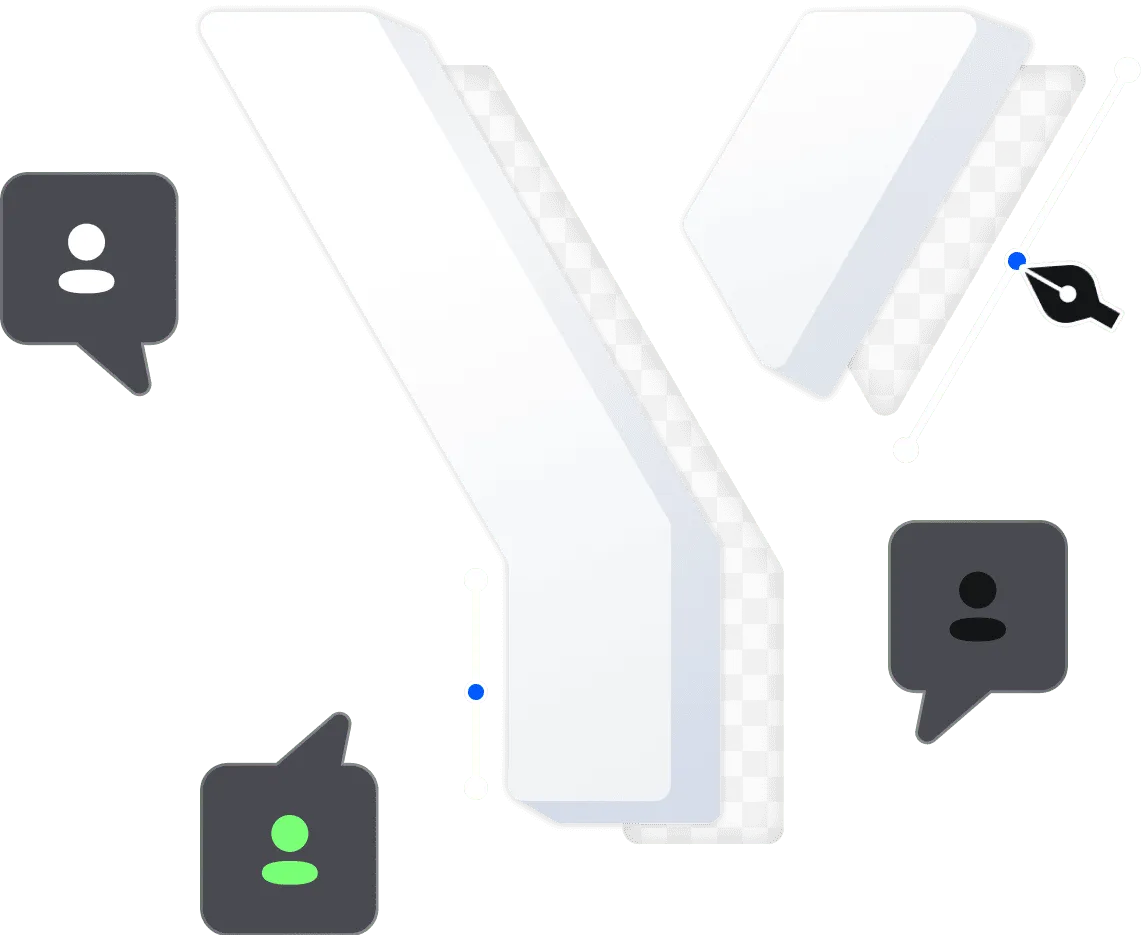
Medical Imaging
Medical imaging software analyzes CT, MRI, and PET images and can be used to produce 3D visualizations. For instance, before conducting operations, doctors evaluate a 3D model of a specific patient from an MRI scan. Medical tools like implants and prosthetic appendages are printed and designed using software for medical imaging. On top of that, EHRs and medical imaging tools can be combined to provide a comprehensive view of patient health data.
Example: Materialise
Medical Diagnosis Software
These solutions evaluate patients’ symptoms, medical backgrounds, and test findings using algorithms and machine learning to generate a list of potential diagnoses. Therefore, physicians can use this data to close any knowledge gaps and make a precise diagnosis. As a result, this software can increase diagnosis speed and precision, lowering the chance of a false positive and increasing patient outcomes. As for the users, they can determine whether a medical visit is required based on their symptoms. Besides, they may get suggestions on lifestyle changes to improve their overall health.
Example: Human DX
Healthcare CRM Software
CRM aids healthcare professionals in gathering, arranging, and analyzing patient data to improve treatment and boost patient satisfaction. It offers resources for gathering, storing, and organizing customer data like contact details, medical histories, and payment information. It also includes various instruments for excellent patient involvement and effective communication (messaging, appointment reminders, surveys, and various feedback forms). A clinic can more effectively track client satisfaction, spot reoccurring problems more quickly, and simplify tedious administrative duties with the help of a CRM.
Example: Salesforce Health Cloud
Conclusion
Software for the medical industry perfectly optimizes both the work of medical facilities and staff and makes it easier for patients to receive various kinds of medical services. However, the creation of such a project requires professional help. Yojji has a wide experience in the development of medical software and provides top-notch consulting services. Contact us if you have any questions about the implementation of your project.
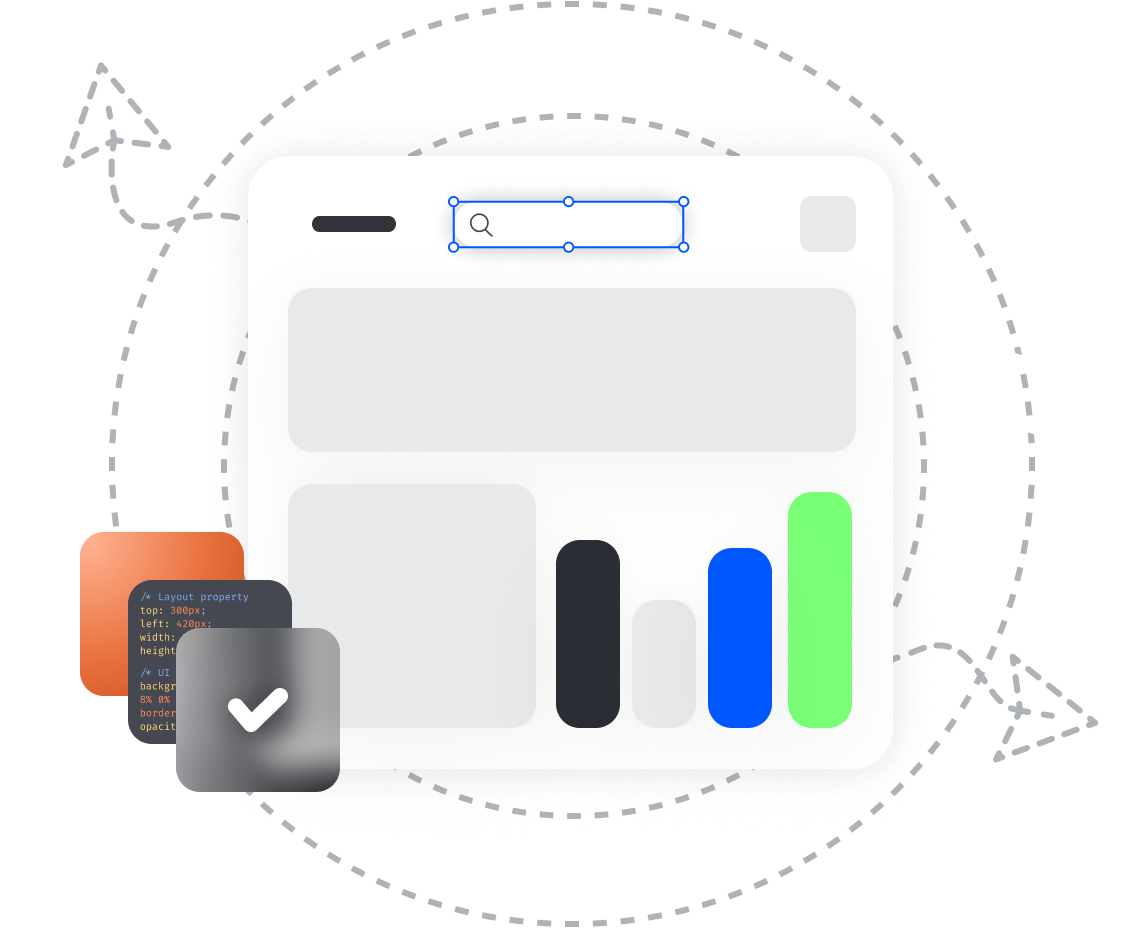
Yojji successfully delivered the project within schedule. They demonstrated excellent project management via weekly sprint demos and promptly made adjustments based on the client's feedback. Their responsiveness and collaborative attitude were key elements of their work.

5.0
Yojji was an instrumental part of the client’s team, working closely with them to achieve the product’s success. The team was very collaborative and timely, and their performance was amazing. Additionally, their resources were experienced, professional, and enjoyable to work with.

5.0
Yojii is impressive both in quality of development work as well as their commitment. Strong focus on delivery, highly technical personnel, flexible approach that allows for rapid development. Strong processes that allow for solid controls.

5.0
We’re very happy with the way that Yojji works, which is why we’ve spent so much money and engaged them for such a long time. We treat them as employees in regard to responsibilities and expectations, and they haven’t disappointed us.

5.0
As a company, we find Yojji to be excellent development partners - we cannot recommend them more highly and will be very happy to continue working with them in the future.

5.0
They are really nice people with excellent technical backgrounds.

5.0
We used Agile project management methodology and were in contact with the team and project manager daily.

5.0
They all had a super positive outlook and were dedicated to getting the work completed to a high standard.

5.0
Yojji has delivered an accessible product with thorough consideration for the client's requirements. Users have commented on the platform's user-friendliness and speed. Moreover, the team is easy to communicate with and provides frequent updates. Their development and design skills are impressive.

5.0




